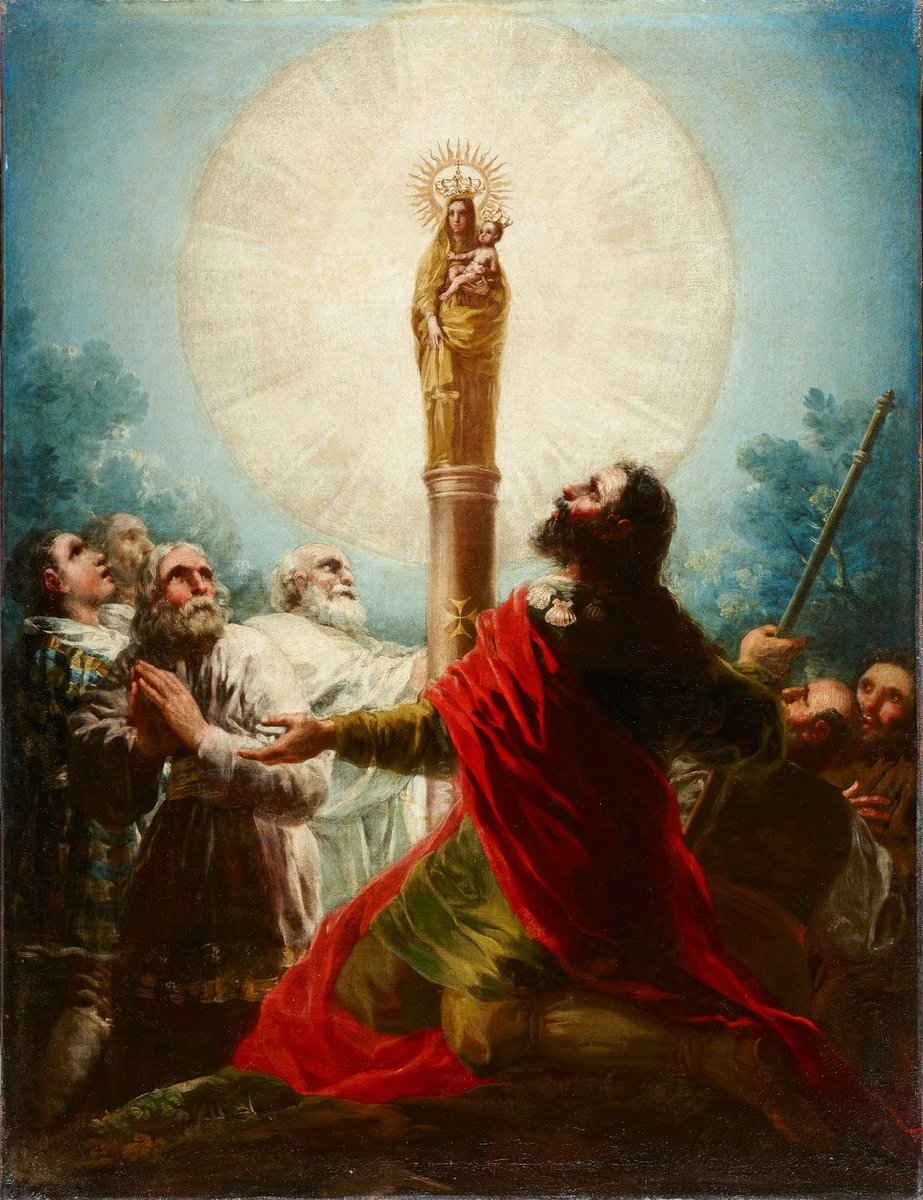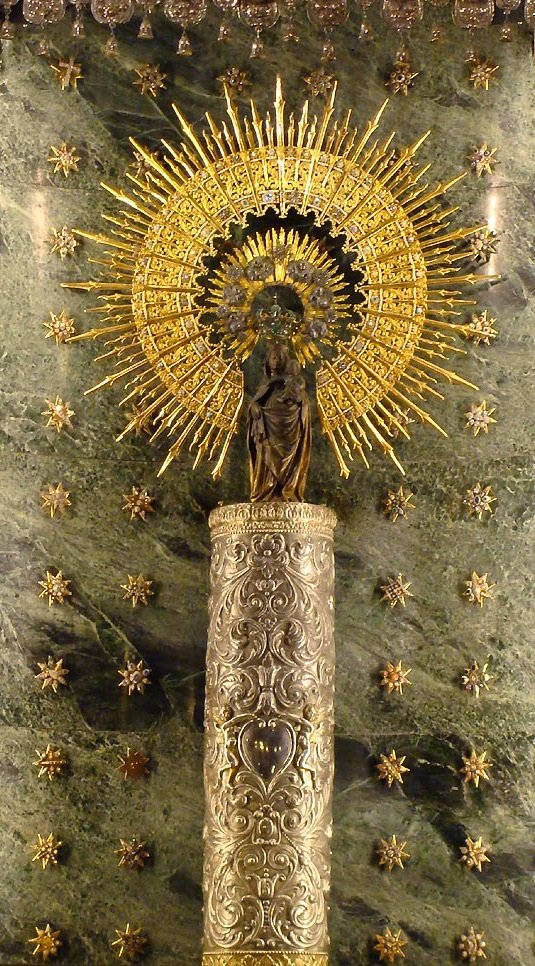Many think The Exorcist is just Hollywood horror.
It happened in 1949, in America.
A 14-year-old boy was possessed so violently that Protestant pastors gave up.
Catholic priests were called.
St. Michael appeared and cast out Satan himself.
The Exorcism of 1949 – a 🧵✝️

It happened in 1949, in America.
A 14-year-old boy was possessed so violently that Protestant pastors gave up.
Catholic priests were called.
St. Michael appeared and cast out Satan himself.
The Exorcism of 1949 – a 🧵✝️


In 1949, a 14-year-old boy in Maryland, later given the pseudonym “Roland Doe”, began experiencing violent supernatural attacks.
Furniture moved on its own.
Words appeared scratched into his skin.
His voice changed into something inhuman.
Furniture moved on its own.
Words appeared scratched into his skin.
His voice changed into something inhuman.

Protestant pastors tried to intervene, but soon admitted they could not help.
Desperate, the family turned to the Catholic Church.
Jesuit priests were called.
Desperate, the family turned to the Catholic Church.
Jesuit priests were called.

The Archdiocese of St. Louis authorized a full Catholic exorcism under Fr. William Bowdern, S.J.
Over 30 witnesses, priests, nurses, family members, later testified that they saw things beyond human explanation.
Over 30 witnesses, priests, nurses, family members, later testified that they saw things beyond human explanation.

During the rituals, Roland convulsed violently.
He cursed in unknown languages.
He mocked the priests.
Crosses and sacred objects were hurled across the room. Mysterious marks appeared on his body.
He cursed in unknown languages.
He mocked the priests.
Crosses and sacred objects were hurled across the room. Mysterious marks appeared on his body.

The exorcism dragged on for weeks.
The priests prayed the Roman Rite of Exorcism daily, often until total exhaustion.
At times, Roland’s voice shifted into something terrifying: claiming to be Satan himself.
The priests prayed the Roman Rite of Exorcism daily, often until total exhaustion.
At times, Roland’s voice shifted into something terrifying: claiming to be Satan himself.

Then came the climax:
April 18, 1949. The eve of Easter Monday.
Roland screamed in torment as the demon raged inside him.
Suddenly, he cried out in a new voice: “Satan! Satan! I am St. Michael… and I command you, Satan and the other evil spirits, to leave this body in the Name of Dominus — IMMEDIATELY! NOW! NOW! NOW!”
April 18, 1949. The eve of Easter Monday.
Roland screamed in torment as the demon raged inside him.
Suddenly, he cried out in a new voice: “Satan! Satan! I am St. Michael… and I command you, Satan and the other evil spirits, to leave this body in the Name of Dominus — IMMEDIATELY! NOW! NOW! NOW!”

At once, Roland reported a vision:
He saw St. Michael the Archangel holding a flaming sword, striking down Satan and his demons.
Then he fell still.
A great peace filled the room.
“The demon is gone,” he whispered.
He saw St. Michael the Archangel holding a flaming sword, striking down Satan and his demons.
Then he fell still.
A great peace filled the room.
“The demon is gone,” he whispered.

The possession had ended.
The boy was freed.
The priests, exhausted but overjoyed, recorded everything.
They knew the victory was not their own, but Christ working through St. Michael.

The boy was freed.
The priests, exhausted but overjoyed, recorded everything.
They knew the victory was not their own, but Christ working through St. Michael.


Decades later, their notes inspired the novel & film The Exorcist.
Hollywood twisted it into horror.
But the Church remembers it differently:
As a testimony that demons tremble before Christ, and victory belongs to God.
Hollywood twisted it into horror.
But the Church remembers it differently:
As a testimony that demons tremble before Christ, and victory belongs to God.

“St. Michael the Archangel, defend us in battle. Be our protection against the wickedness and snares of the devil.” 



If you want to support our work check out our merch: You get some quality clothing while helping us grow the page and produce better content! tradwest.net

• • •
Missing some Tweet in this thread? You can try to
force a refresh






























